Excerpt from seattletimes.com
John De Fries still recalls fishing the waters off Waikiki Beach in Oahu as a kid in the 1960s. “Growing up, my family fishing grounds were a source of food first and recreation second,” he says. “Today they’re a playground surrounded by hotels.”
Born and raised in Waikiki, De Fries was appointed president of the Hawaii Tourism Authority in Sept. 2020, when coronavirus shutdowns had the state’s economy reeling but the community and environment thriving. In 2019, the state of 1.5 million people hosted a record 10.4 million visitors—unsustainable figures that had residents feeling sour. Though tourism netted $2.07 billion in tax revenue that year, Hawaiians lamented its effects on traffic, beaches, and the cost of living.
For locals, the quietude of 2020 “was somewhat euphoric,” says De Fries. “It felt like we got our islands back.”
But that wasn’t sustainable either. Nor was the boom that happened in July, when visitor arrivals exceeded their 2019 level by 21% despite strict Covid-19 testing protocols, mask mandates, capacity restrictions, and staff shortages.
That, says De Fries, “was like putting 220 volts of electricity through a 110-volt circuit.” Rental cars became so scarce that U-Hauls were found in beach parking lots; resorts jacked up rates, with average stays at hotels in Maui of $596 a night in August; new taxes were sought; and vacation-starved visitors didn’t flinch.
What comes next is a radically transformed experience for visitors — and locals — hopefully, in a good way. For the first time, Hawaii’s tourism authority is majority-run by Hawaiian natives, rather than white mainlanders with hospitality degrees. With the input of locals, who range from farmers to hotel owners, each of Hawaii’s four counties has created a strategic plan that stretches into 2025 and focuses on sustainable destination management rather than marketing.

Island Innovation is a social enterprise and digital media company at the intersection of sustainable development and communications, offering specialised services across various sectors. We bring together the private sector, government, utilities, NGOs and universities to advance innovation for sustainability and prosperity in islands worldwide.








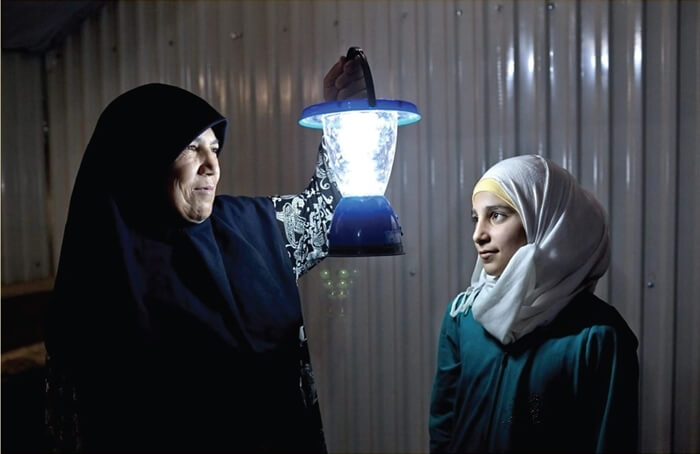
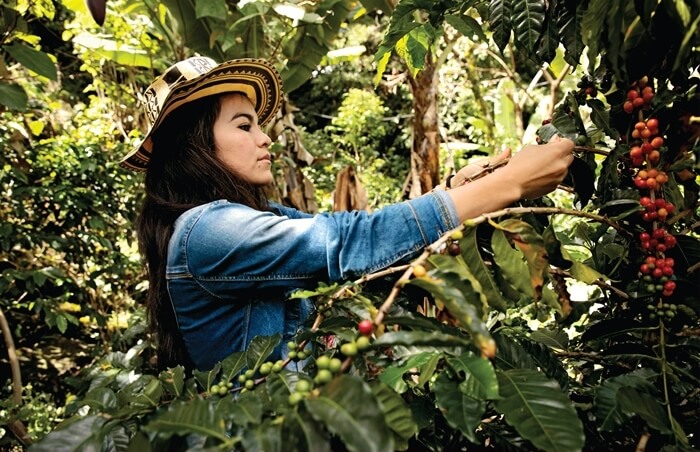
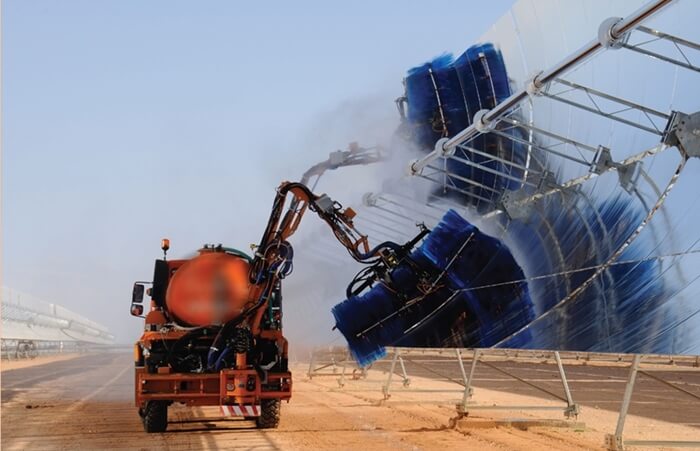
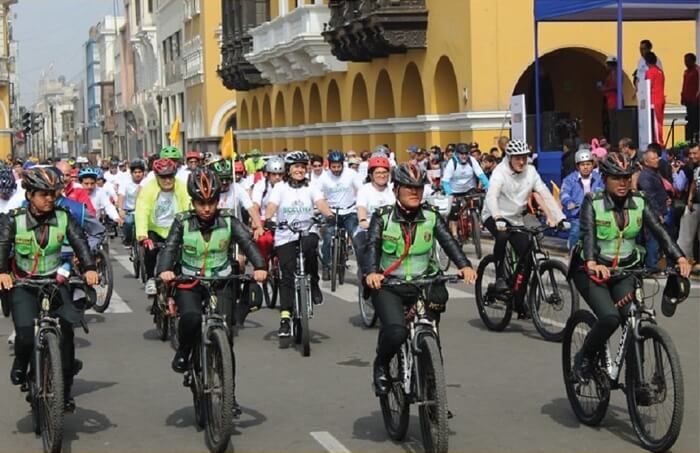
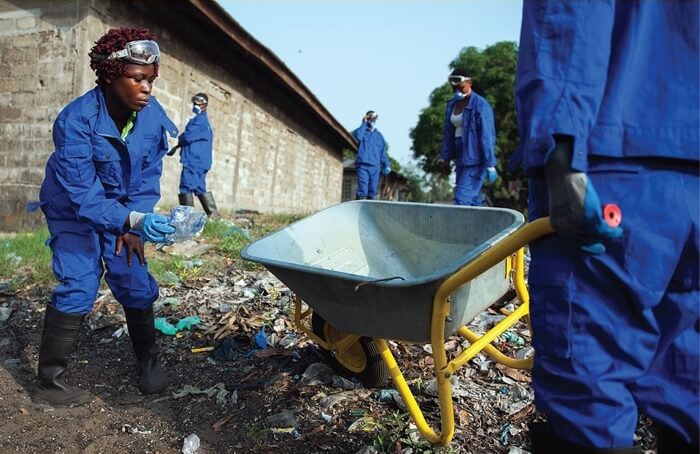

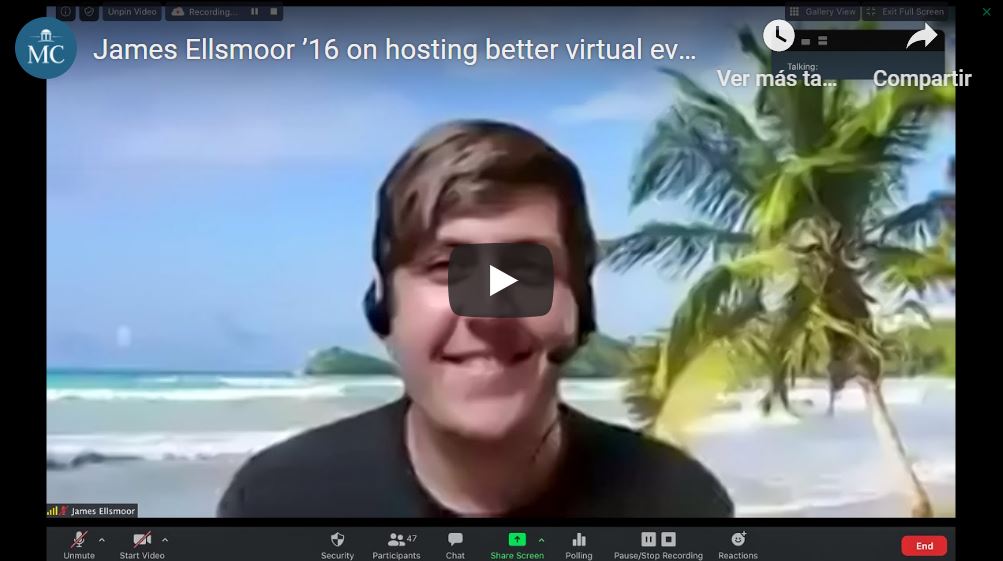
Great article about sustainable tourism in Hawaii. As a former resident, I’m sure visitors would be interested in learning about the fascinating culture and history of the islands and its people. Try farming, coffee growing, maybe wayfinding and inter-Polynesian travel by the ancients, music, poetry, song writing, building construction, learn the old hula that missionaries banned, canoe design and building, how city of refuge worked and why, along with all the kuleana sections of the ahupuaa and their duties and spirituality. There is much else that an older, insular, successful culture can teach newcomers, involving all members of society, both local and from away, in a positive, memorable manner. Life is about creating memories……this might contribute. Like dude ranches in the islands.